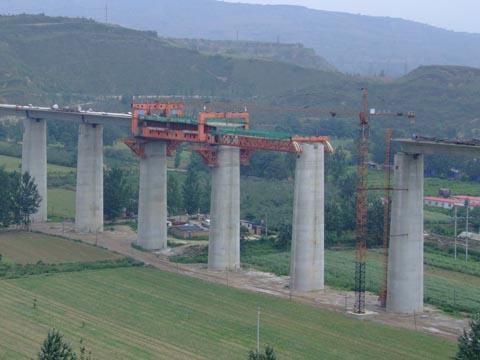
BRAZIL: Bid documents for the concession to build and operate the proposed high speed line between Rio de Janeiro and São Paulo are expected to be issued before July 9, according to the Director of the government’s land transport directorate Agência Nacional de Transportes Terrestres.
ANTT director Bernardo Figueiredo said on July 1 that the closing date for the tender is likely to be in November. He hoped work would start before the end of this year, with the intention that the line could open by the end of 2016.
The announcement follows a ruling by the Brazilian Court of Audit (TCU) on June 30 which allows ANTT to move ahead with the bidding process. A technical analysis of ANTT’s proposals by the court has reduced the projected cost by around 4% from R$34·6bn to R$33·1bn.
The concession covers the construction, operation and maintenance of the proposed line. Given the ‘technical complexity’ of the project, ANTT says the bidding documents will include a number of guarantees ‘to ensure that the full implementation of the work and fulfilment of obligations’ are assumed by the winning bidder. According to Figueiredo, there is ‘huge interest’ from potential bidders looking to participate in the competition.
ANTT envisages that the project will be developed by a new joint venture company (ETAV), in which the government will hold a one-third share of the R$3·4bn equity capital and the winning consortium the remainder. Transport minister Paulo Sergio Passos said ETAV would be created as soon as possible, hopefully during 2011 before the signing of the official contracts. Suggesting that the company would need to have a number of ‘high calibre professionals’, the minister said it would ‘absorb all the technology and knowledge used in the project development until the beginning of the revenue operation’.
Launched as part of President Luiz Lula da Silva’s 2006 economic development programme, the 511 km route linking Rio, São Paulo and Campinas would initially have eight stations. Recent studies by Halcrow and Sinergia Estudos e Projetos estimate that the railway could be carrying 32 million passengers a year when it opens, rising to 100 million by 2044. Economic benefits are put at R$103bn, or three times the total construction cost.
A full description of the high speed line project was published in the February 2010 issue of Railway Gazette International, which subscribers can consult in our digital archive.














